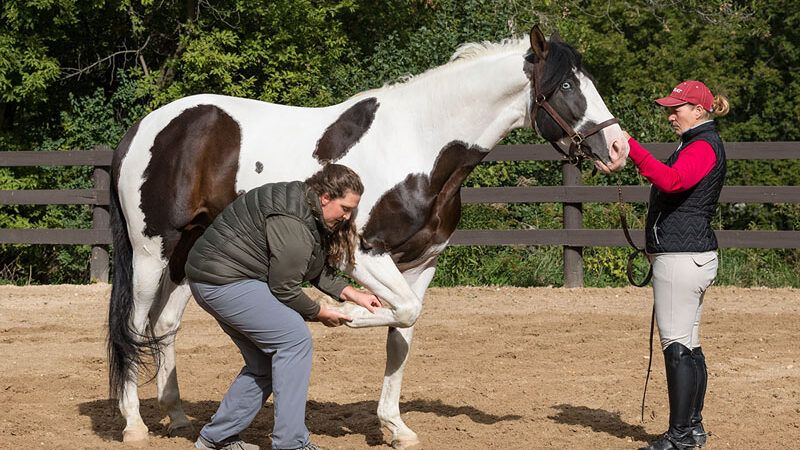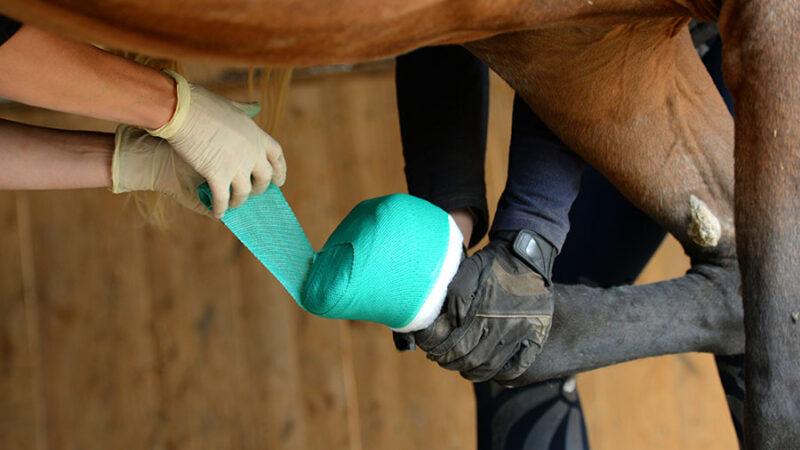Lameness Exams
In the case that your horse’s complimentary soundness check shows that there is a lameness, that can be addressed right away. A lameness exam includes all of the following:
- Conformation
- Posture
- Muscle symmetry and tension
- Hoof testing
- Palpation of joints, tendons, ligaments, and muscles
- Observation of the horse on a lunge line at the walk, trot, and canter
- Observation walking and trotting in a straight line
- Flexion tests
Possibly part of the lameness exam:
- Lower limb nerve blocks to isolate the region causing pain.
- If imaging such as radiographs or ultrasound is necessary, you can be referred to the veterinarian of your choice.
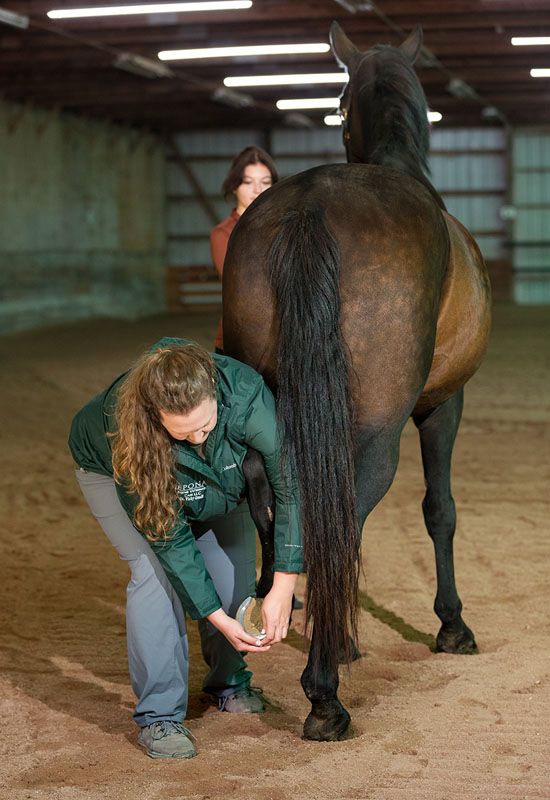
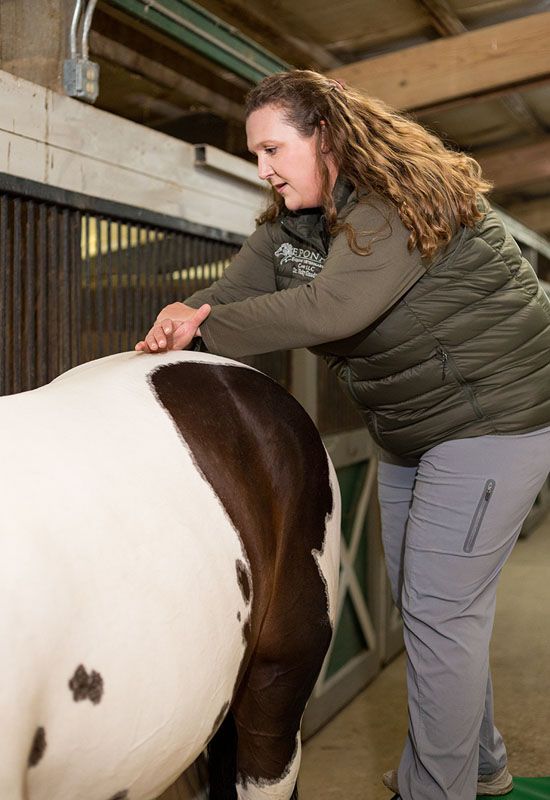
Therapy Options
Spinal manipulation is a great tool to restore nerve function. Many horses who look “disconnected” in the front and hind limbs will return to their prior performance after an adjustment. Horses with neurologic disease such as vitamin E deficiency, EPM, or Wobbler’s will need specific treatment for those diseases. Keep in mind that any given horse could have a neurological disorder, a true lameness (such as hock arthritis) AND vertebra that need to be adjusted. Dr Gnadt enjoys being both a veterinarian and VSMT practitioner, so that she can help these patients with any or all of these problems.
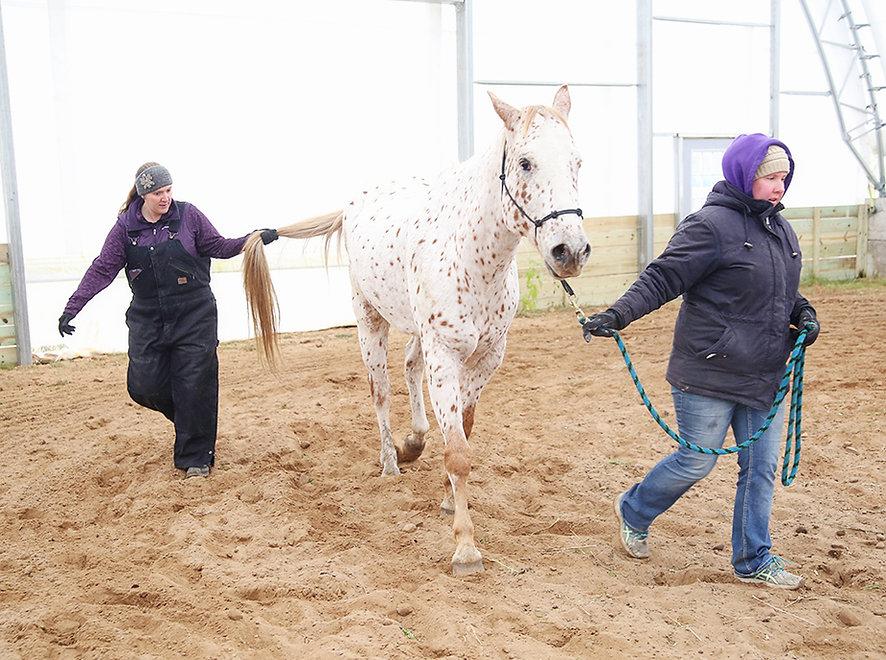
Neurologic Exams
Horses who are not moving correctly can have a primary lameness, but they can also have neurologic disease. A true lameness such as arthritis or a neurologic disease such as EPM will make the horse use its body incorrectly, likely causing vertebral subluxations. It is important to rule out these veterinary diseases before proceeding with an adjustment.
Horses are lunged prior to their first adjustment so that lameness or potential neurologic symptoms can be detected. If so, a full lameness exam with flexions is recommended. A full neurologic exam can also be easily and quickly performed at the same visit. Not only should the horse have these diseases treated for their overall health, any spinal manipulation will be more effective after these are resolved.
A full neurologic exam can be done on the farm with simple items including a flashlight and a towel. The horse’s neurologic status is judged by how many of these tests they are able to perform right, or how severely some of the tests are failed:
- Pupillary light reflex using a light
- Blink responses when the eyelid area is touched
- Walking and backing up in hand
- Walking and backing up in hand with the head raised
- Walking and backing up in hand with a blindfold
- Turning in a very small circle on a lead rope
- Tail pull test to assess weakness in either side of the hindquarters
- Proprioception test involving crossing one leg over the other and seeing how fast the horse corrects this abnormal stance
Some signs your horse may need a neurological exam:
- Looking like “the front end and back end aren’t connected”
- Stumbling or tripping
- Muscles that are not symmetrical, especially in the rump area
- Abnormal sweat patches
- Lameness that can’t be isolated with diagnostics such as nerve blocks or radiographs
- Difficulty laying down and getting up
- Head tilt
- Not able to stand squarely or walk in a straight line
- Keeping both hind limbs close together at the canter and using them as one unit (sometimes called bunny hopping)
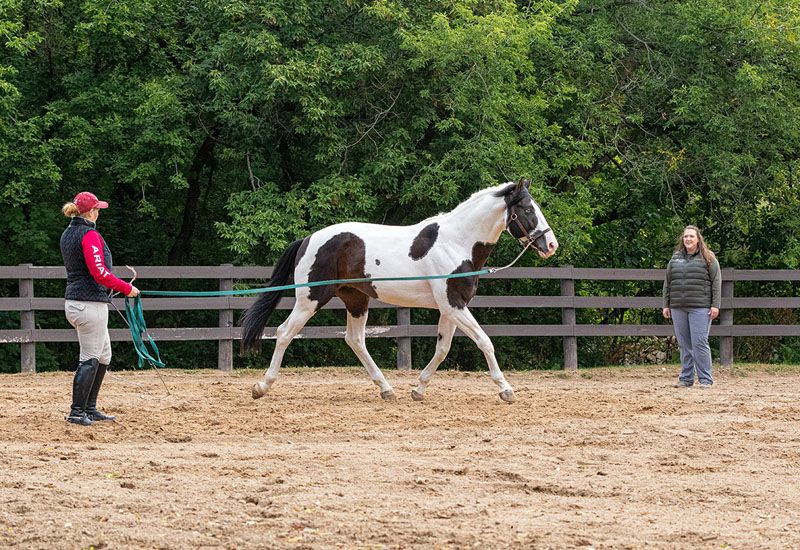
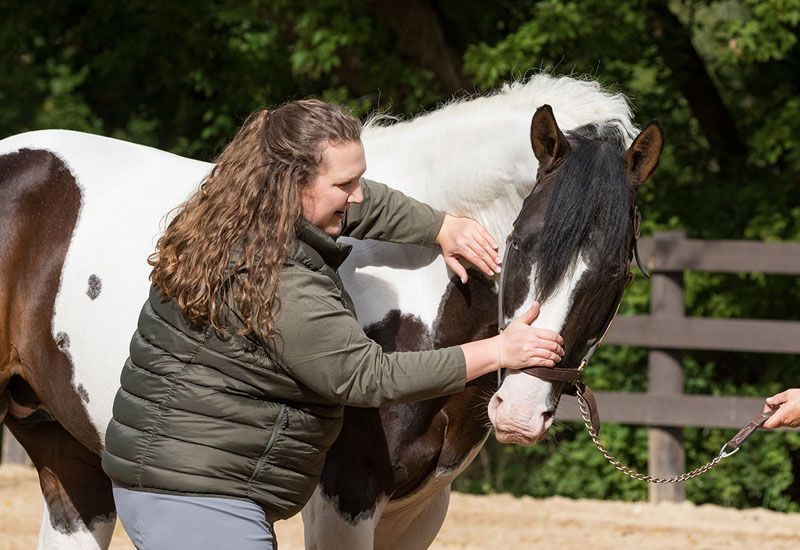
Book an Appointment
All services are by appointment only.
Serving the greater Milwaukee area in Wisconsin with seasonal availability in the Northwoods Wisconsin. Serving clients in Dodge, Jefferson, Washington, Waukesha, Milwaukee, Walworth, Ozaukee and Racine counties.
Available Monday – Friday from 9am to 5pm
Please avoid a $50 cancellation fee by rescheduling or cancelling your appointment 1 full business day in advance.
Please call for availability or fill out the contact form..
414-379-2464
